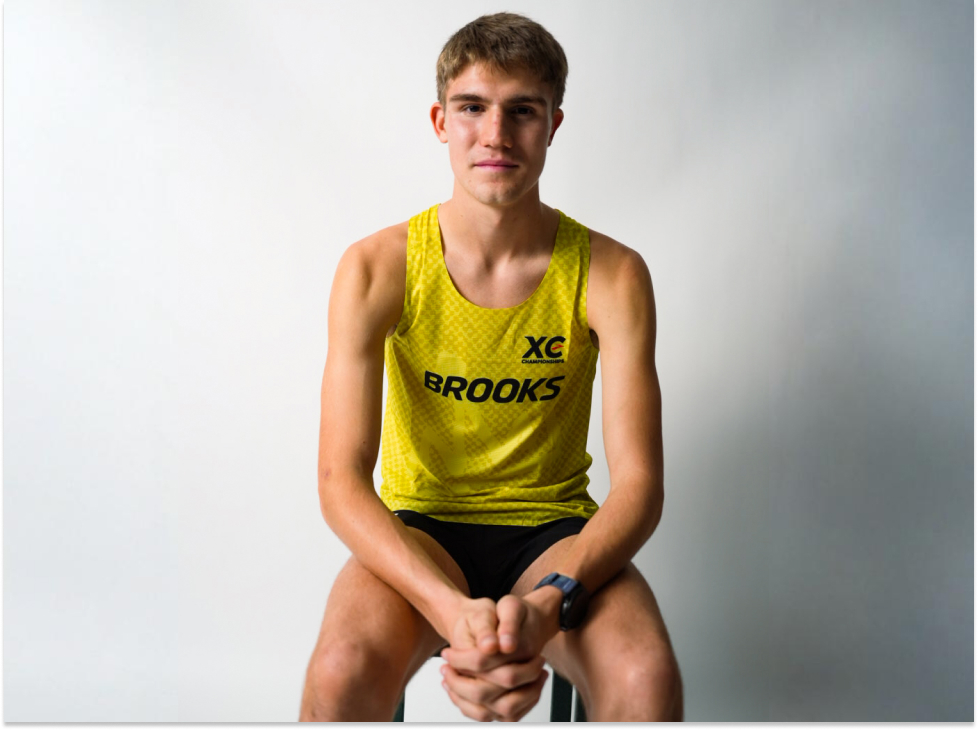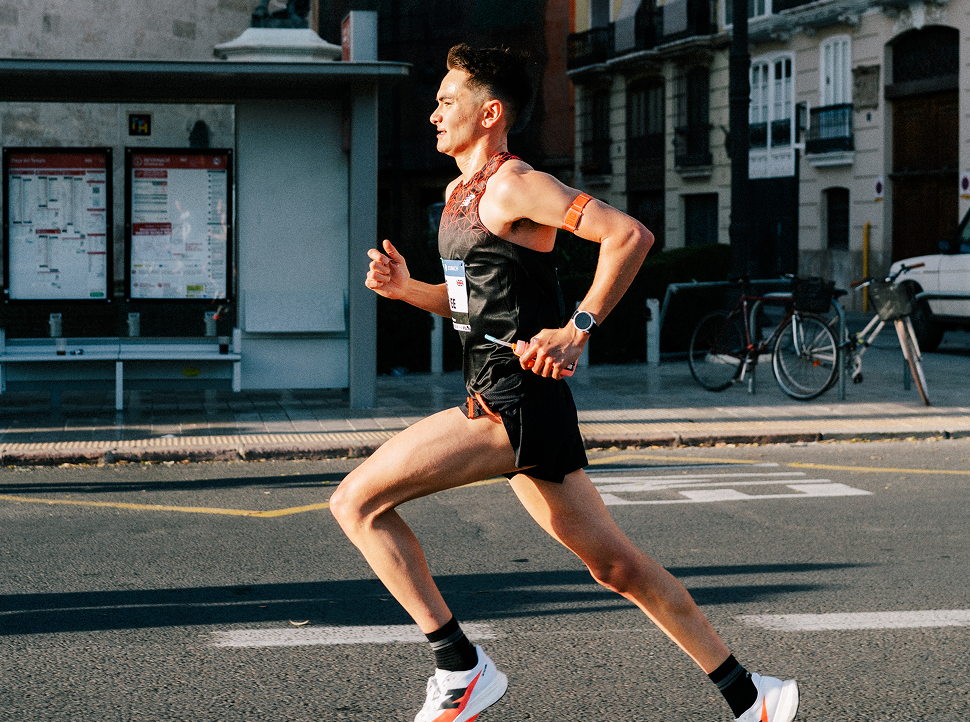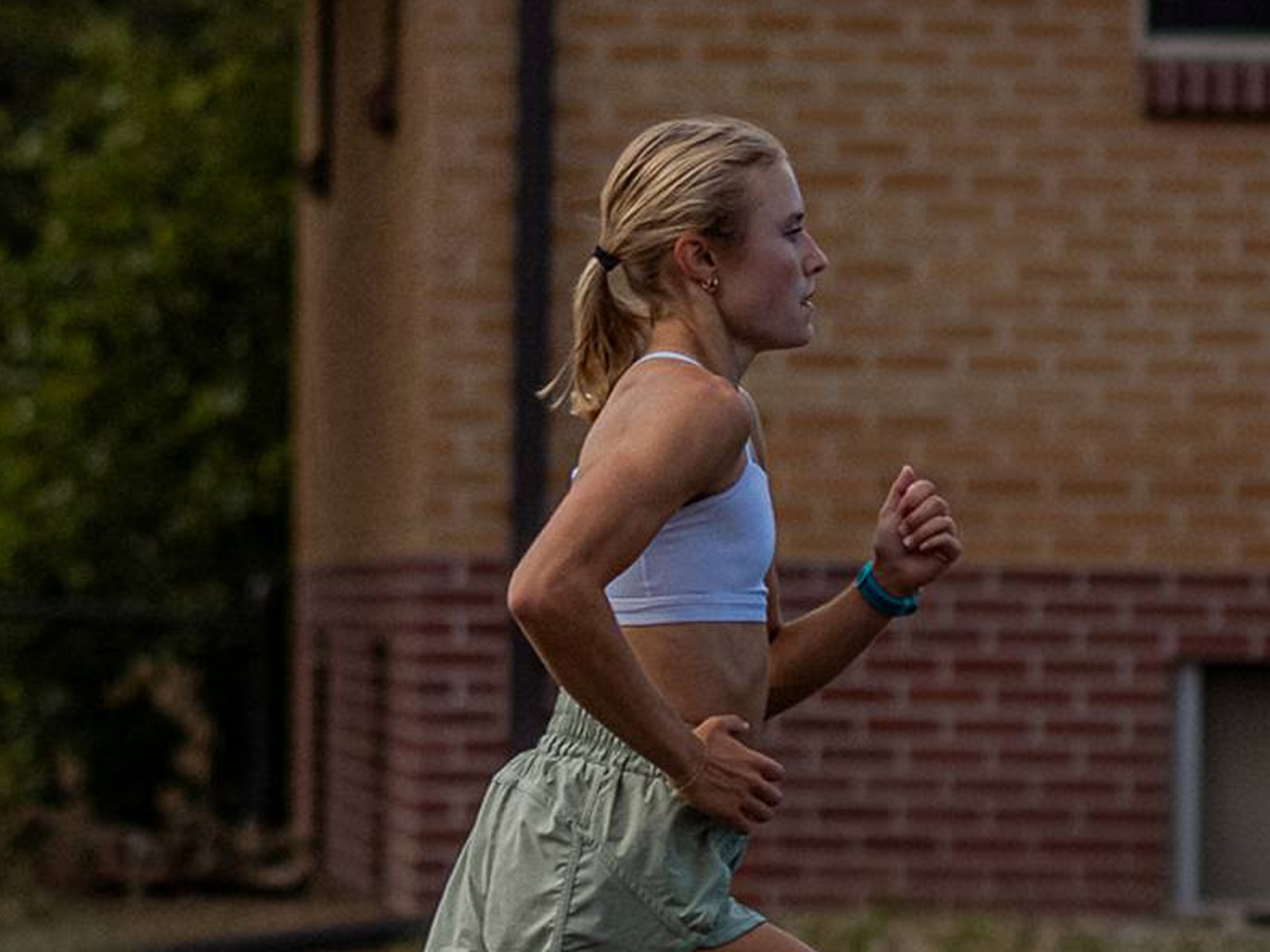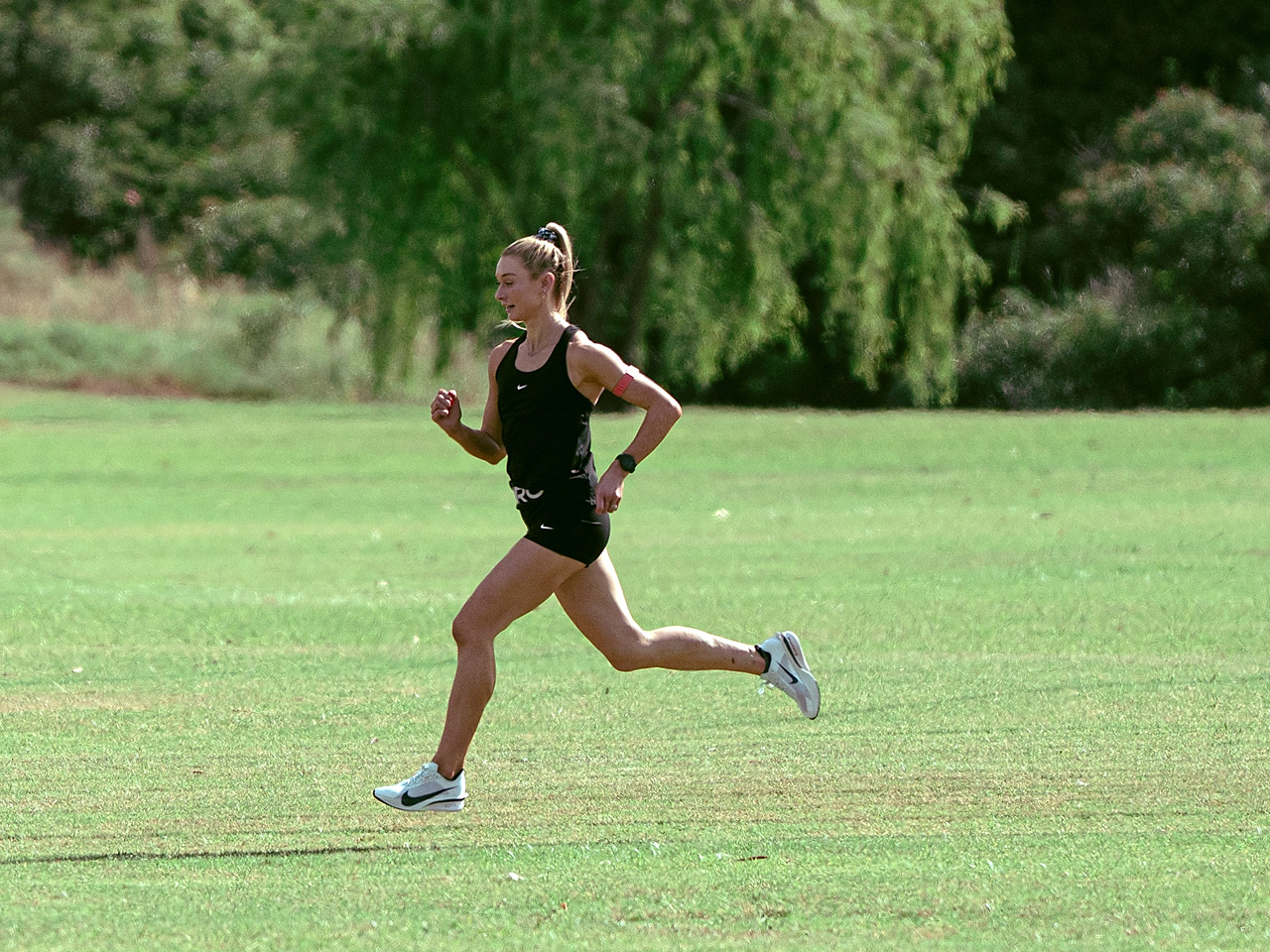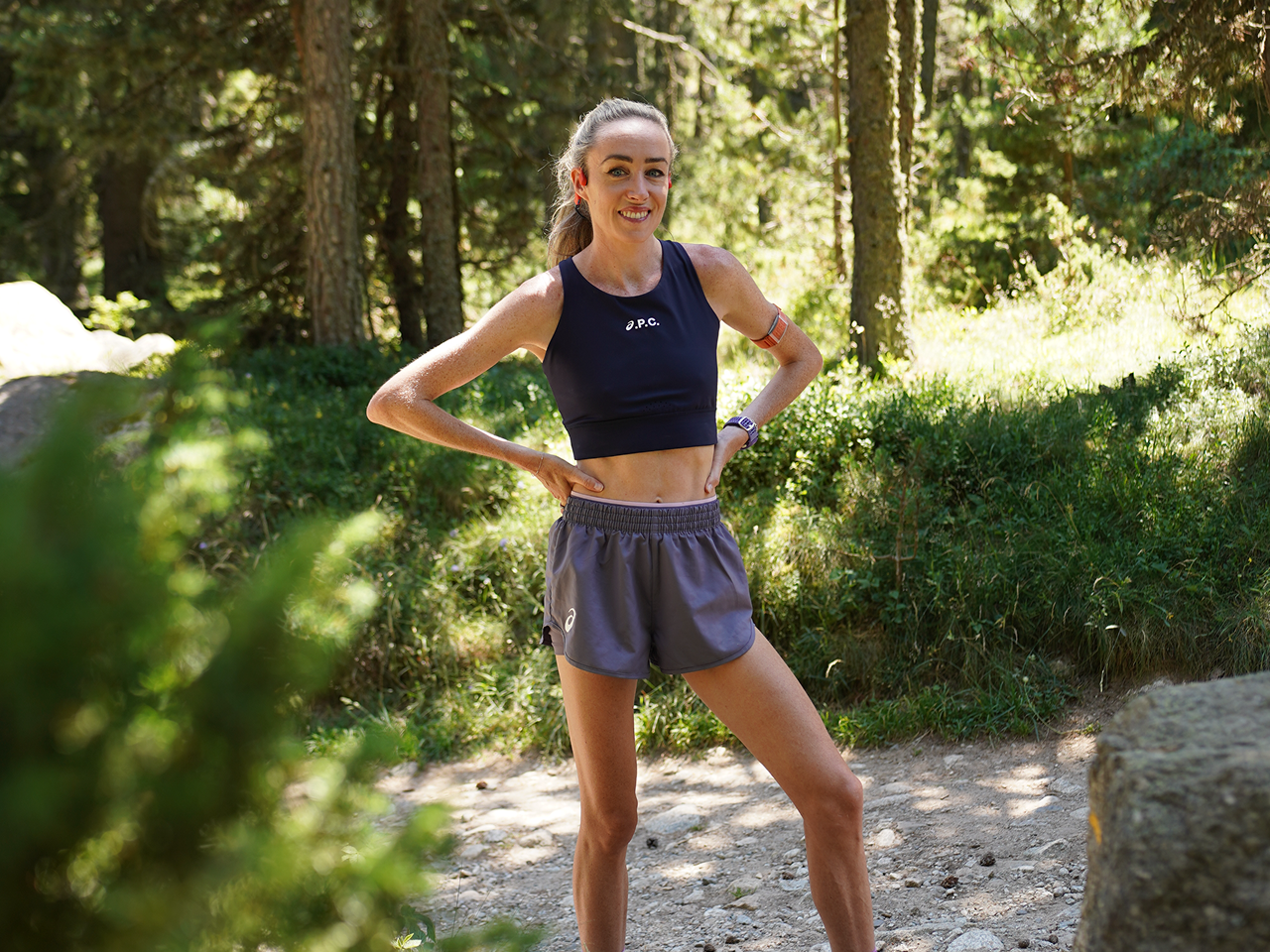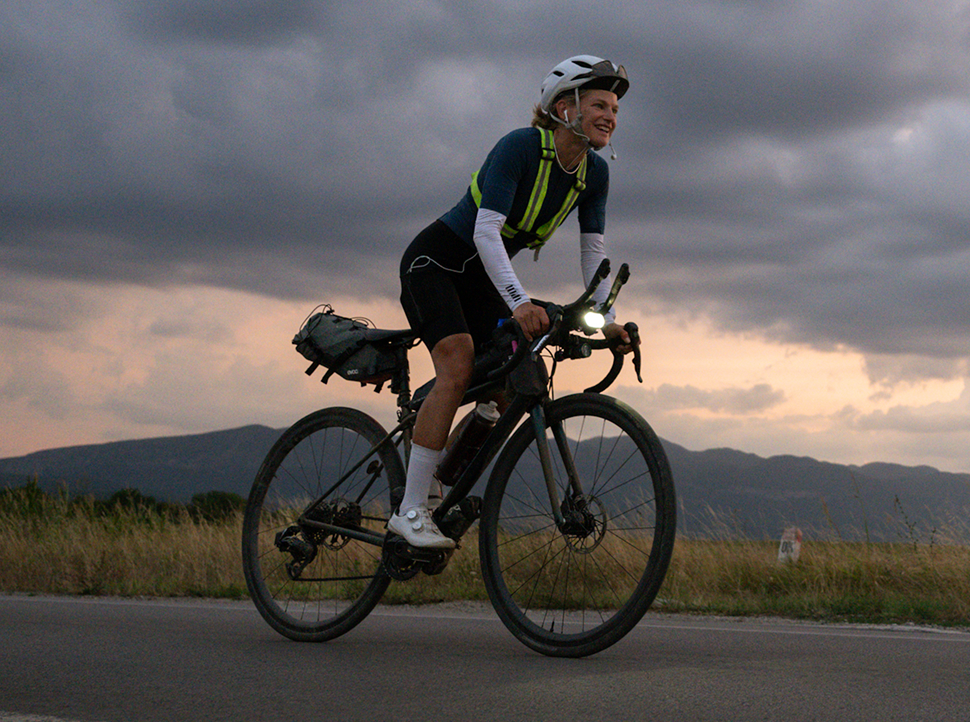Exploring Human Limits, One Peak At A Time
While many ultra-trail runners were crossing the finish line in Chamonix, Kilian Jornet was descending upon Écrins National Park in the French Alps, not far away. For the last 19 days, Kilian had embarked on his greatest quest yet: connecting all 4,000m peaks in the Alps using only human-powered means. In total, he traveled 1,207km on foot and bike, achieving over 75,000m in elevation gain.
Some might ask, why? For Kilian, the answer is simple. He's had a deep connection with the mountains since he was a little kid. His dreams of exploring the mountains, summits, and ridges go deeper than competition, records, or recognition. Finding the most logical way to link peaks, whether through speed climbs, or discovering unexplored routes in the Alps is what drives him, along with a mission to protect the land wherever he sets foot.
What Is Kilian's Alpine Connections Project?
Kilian's constant pursuit of new goals challenges the norm and is what makes him the best mountain runner in the world. Last year, Kilian completed a similar journey across the Pyrenees, linking 177 peaks over 3,000m in 8 days. When Kilian announced that he'd be attempting a new project where he aimed to chain all 4,000m peaks in the Alps, he told COROS it would be his most challenging project yet. Like all of Kilian's projects, his focus is staying true to his core values: respecting the land, inspiring others to improve their health and performance, and standing by his local community. Kilian's unique angle of blending sport performance and activism is what makes Alpine Connections so intriguing.
His activism in particular focuses on the effects of climate change and being able to see changes in the landscape firsthand. The Alpine landscape is known for its glaciers, which play a fundamental role in providing the local ecosystems and communities with water supply and irrigation across Europe. Sadly, rapid rising temperatures are causing the permafrost to melt, which causes landslides, damages rock formations, and endangers local communities. By exploring the Alps using only human-powered means and relying on local resources, Kilian reinforced the message that humans need to be highly aware of their presence in nature and mitigate their impact on the climate.
To learn more about the full scope of Alpine Connections in partnership with Kilian's apparel and shoe brand NNormal, you can visit their blog, which includes video content and quotes from Kilian's physiologist who accompanied him on the project. Kilian wore the Tomir 2.0 for the entirety of his traverse.
Kilian's Data From His Alpine Connections Traverse
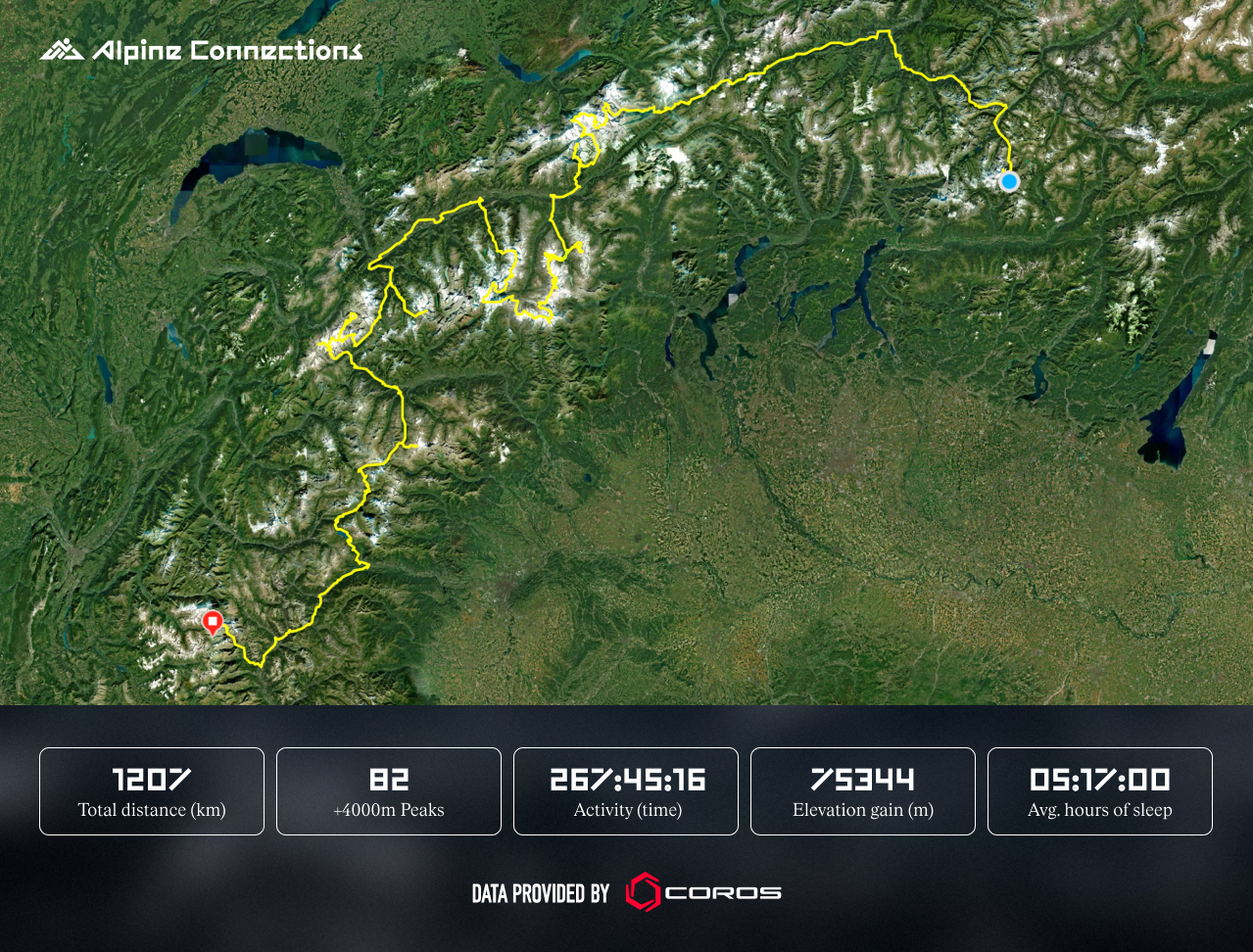

Over 19 days, Kilian linked 82 4,000m peaks in the Alps, logging each activity using his COROS VERTIX 2S and COROS DURA bike computer.
COROS Navigation Tools
To help guide Kilian through the Alps, Kilian relied on his VERTIX 2S and DURA bike computer. The VERTIX 2S includes critical tools for navigation, safety, and environmental alerts. Able to endure extreme conditions, withstanding air temperatures from -22°F to 122°F (-30°C to 50°C), Kilian's GPS watch of choice for Alpine Connections also carries 118 hours of continuous GPS battery, which was crucial for his arduous activities, some up to 20 hours at a time through the mountains.
Alpine Connections was the first time Kilian used the COROS DURA outside of regular training rides. Similarly to the VERTIX 2S, the DURA carries 120 of GPS battery life. One benefit of the DURA is its solar-powered ability, which means Kilian never had to charge the device.
"In such a long project with lots of unknowns it was key to have devices that had big battery life. A stage could last for 30 or 100h so I didn’t want to take any risk at getting without battery, therefore the Vertix and DURA were the perfect choice. Navigation was also key. In some sections, I needed to use the track back to stay exactly on the same way I climbed to stay safe and protected from rock falls or crevasses navigation during the night or bad weather. Besides the navigation for safety reasons. I was using data such as sleep tracking, capilar O2 saturation to keep track of my recovery day by day"
- Kilian Jornet
Stage by Stage Metrics
In total, Kilian broke the journey down into 16 stages. He completed approximately 630km on his bike and the rest on foot, splitting the total journey relatively evenly between hiking and biking. Below is a chart documenting stats from each stage, including his COROS Training Load, which shows how much effort his body was exerting.
Kilian's Training Load prior to Alpine Connections was between 3,000 and 4,000 each week. When trail running, both heart rate and Effort-Pace factor into the calculations for Training Load. For comparison, a typical runner training for a marathon will have weekly training loads between 500 and 800.
| Date | Activity | Distance (miles/km) | Elevation Gain | Activity Time | Average Heart Rate (bpm) | COROS Training Load |
| Aug. 13 | Stage 1: Piz Bernina (1/2) | 29.12km | 2,573m | 6:12 | 119 | 378 |
| Aug. 13 | Stage 1: Piz Bernina (2/2) | 213.06km (bike) | 3,984 | 8:50 | -- | -- |
| Aug. 14 | Stage 2: Oberland | 37.25km | 4,496m | 12:40 | 114 | 687 |
| Aug. 15 | Stage 3: Oberland (1/2) | 99.04km | 7,890m | 28:21 | 104 | 843 |
| Aug. 16 | Stage 3: Oberland (2/2) | 46.25km (bike) | 888m | 2:12 | -- | -- |
| Aug. 17 | Stage 4: Weissmies (1/2) | 30.25km | 3,381m | 7:29 | 101 | 174 |
| Aug. 17 | Stage 4: Weissmies (2/2) | 5.21km | 260m | 22 minutes | -- | -- |
| Aug. 18 | Stage 5: Valais 1 | 23.75km | 3,246m | 7:40 | 109 | 303 |
| Aug. 19 | Stage 6: Valais 2 | 47.70km | 6,139m | 16:31 | 112 | 864 |
| Aug. 20 | Stage 7: Valais 3 | 46.46km | 4,907m | 15:30 | 124 | 172 |
| Aug. 21 | Stage 8: Valais 4 | 30.80km | 4,142m | 14:04 | 102 | 392 |
| Aug. 22 | Stage 9: Valais 5 | 36.86km | 4,297m | 13:54 | 104 | 469 |
| Aug. 23 | Stage 10: Grand Combin Traverse (1/2) | 110km (bike) | 1,490 | 4:38 | -- | -- |
| Aug. 23 | Stage 10: Grand Combin (2/2) | 24.01km | 2,786m | 8:04 | 103 | 233 |
| Aug. 24 | Stage 11: Transition (1/2) | 29.38 (bike) | 728m | 1:19 | -- | -- |
| Aug. 24 | Stage 11: Transition (2/2) | 15.57km | 831m | 2:22 | 108 | 78 |
| Aug. 26 | Stage 12: Grandes Jorasses | 28.29km | 4,199m | 18:22 | 105 | 488 |
| Aug. 27 | Stage 13: Mont Blanc 1 | 24.03km | 3,470m | 11:47 | 105 | 484 |
| Aug. 28 | Stage 14: Mont Blanc 2 (1/2) | 27km | 3,977m | 12:52 | 108 | 659 |
| Aug. 29 | Stage 14: Mont Blanc 2 (2/2) | 13.89 | 973m | 5:45 | 108 | 290 |
| Aug. 30 | Stage 15: Gran Paradiso (1/3) | 54.63km (bike) | 1,298m | 2:30 | -- | -- |
| Aug. 30 | Stage 15: Gran Paradiso (2/2) | 17.44km | 2,019m | 3:51 | 115 | 181 |
| Aug. 30 | Stage 15: Gran Paradiso (3/3) | 20.4km | 1,250m | 3:21 | 110 | 139 |
| Aug. 31 | Stage 16: Ecrins (1/2) | 172.1km (bike) | 3,834m | 7:42 | -- | -- |
| Aug. 31 | Stage 16: Ecrins (2/2) | 24.5km | 2,286m | 5:40 | 113 | 235 |
Kilian's Highest Volume Stages
To complete such a massive distance in a relatively quick time of 19 days, Kilian had to make some major pulls where he was moving for hours on end, stopping only for brief moments of rest and refueling. His first highest volume segment was during Stage 3 in Oberland, where he traveled 99.04km on foot in 32 hours with nearly 8,000m in elevation gain (note: differences in total activity time in Strava versus COROS are due to Strava's algorithm, which filters out non-moving time for a single activity). His second-highest day was Stage 6 in Valais, where he covered 47.7km in 21 hours, logging over 6,000m feet in elevation gain.
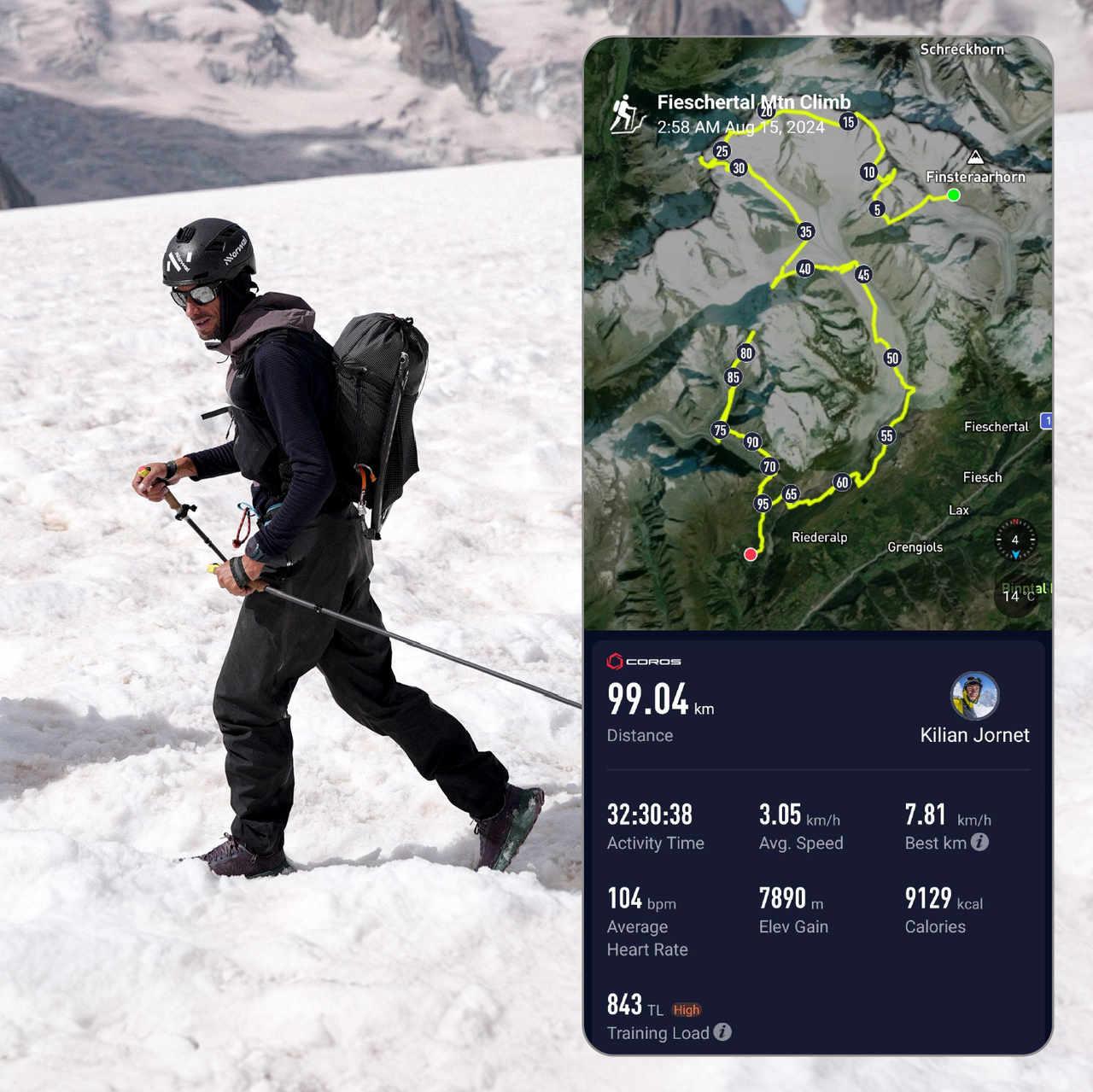
Kilian's highest volume activity during Stage 3 in Oberland.
Kilian's COROS Training Load for both days were 843 and 864, respectively. For context, he logged a Training Load of 1570 when he won Sierre Zinal, and a Training Load of 1978 when he won Zegama. For both races he won, his heart rate was sitting around 160-170bpm, while his heart rate during Alpine Connections averaged around 110bpm as he was hiking at a much lower intensity. When you factor in time, heart rate, and intensity, his Alpine Connections traverse was like competing in and winning Zegama once every three days over 19 days.
COROS Education: Training Load is a simple representation of how impactful your activities are on your body by looking at both the volume (how long it was) and the intensity of the activity. The higher the Training Load value, the more difficult the activity. By gradually increasing your weekly Training Load, your body can adapt and get stronger over time.
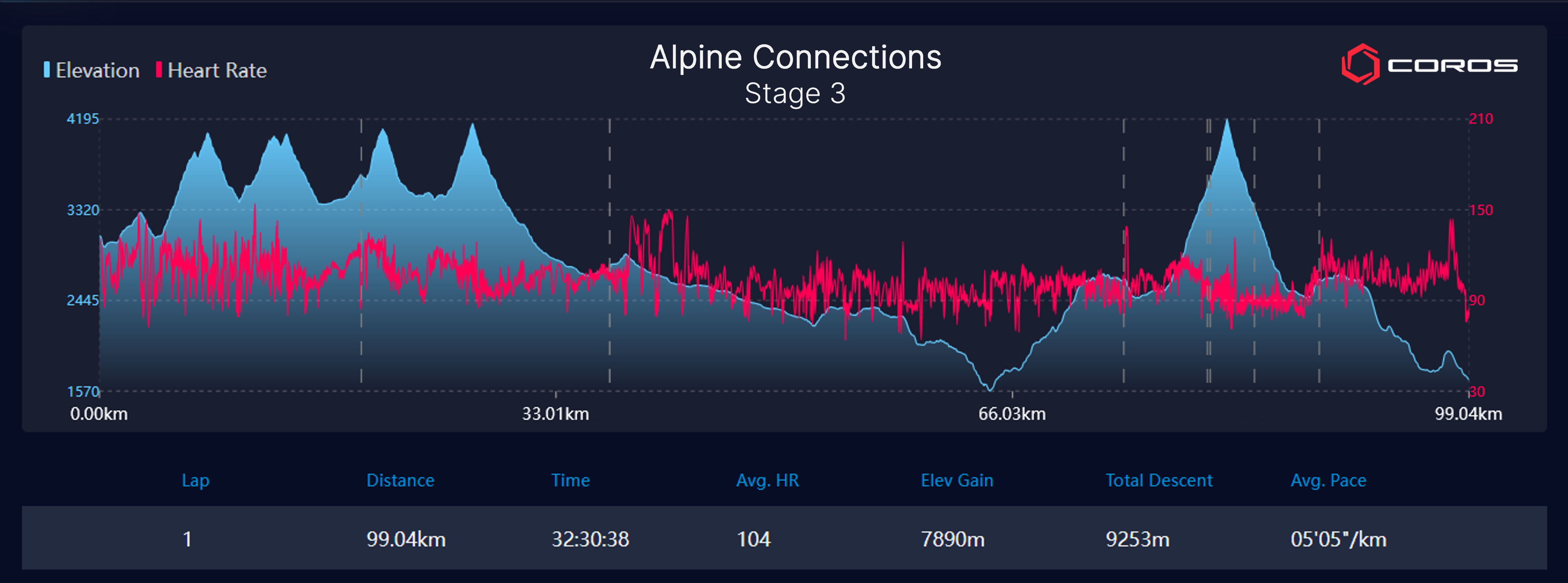
The first segment of Stage 3 (Oberland) took Kilian almost 32 hours.
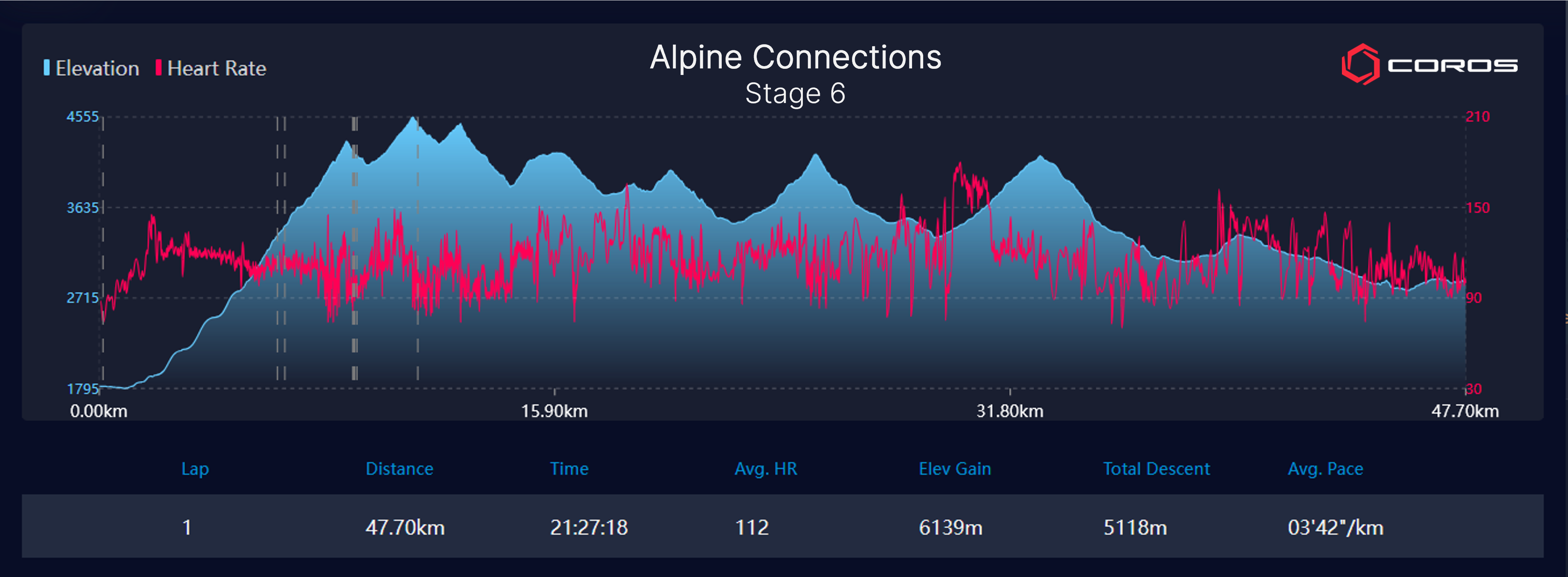
During Stage 6 (Valais), Kilian traveled 47.7km.
How Much Sleep Did Kilian Get During Alpine Connections?
Throughout the traverse, Kilian slept an average of 5 hours and 17 minutes per night. Prior to starting Alpine Connections, Kilian was averaging 6 hours and 36 minutes of sleep per night, according to his COROS watch, which measures total sleep and provides a breakdown of sleep stages.
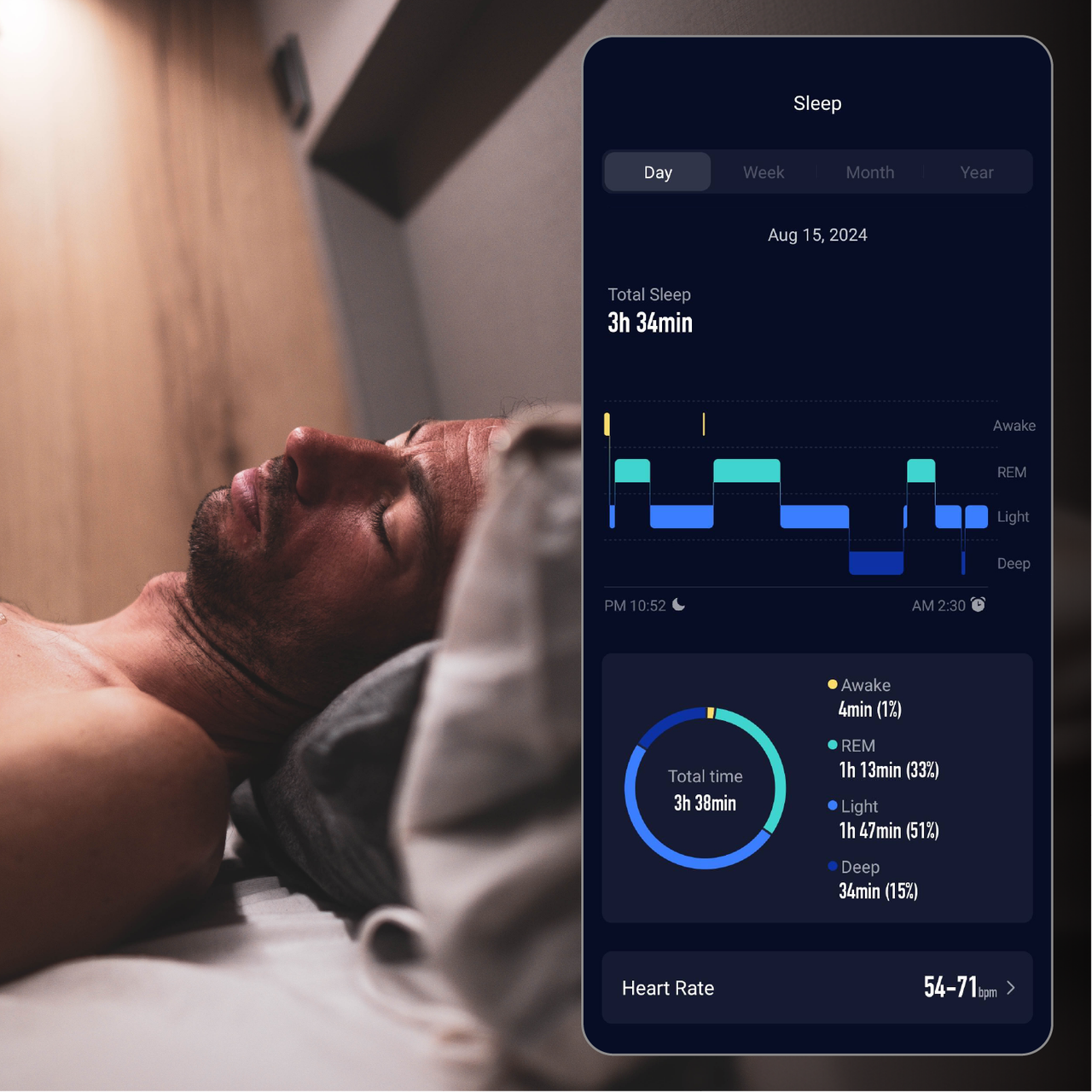
Kilian's sleep activity during part Part 2 of Stage 3 (Oberland). While he is getting less sleep, he is still hitting REM and deep sleep stages, allowing for enough recovery.
Kilian also measures his heart rate variability via COROS. HRV measures the variability in milliseconds between each heart beat, indicating the body's ability to adapt to stress. The higher your HRV, the more likely your body can bounce back from a hard effort. Kilian's baseline HRV sits at 50ms, but averaged 28ms during Alpine Connections. As expected, we should see Kilian's HRV decline, because he is sleeping less and unable to fully recover as normal. As Kilian rests post-Alpine Connections, his HRV will return back to baseline.
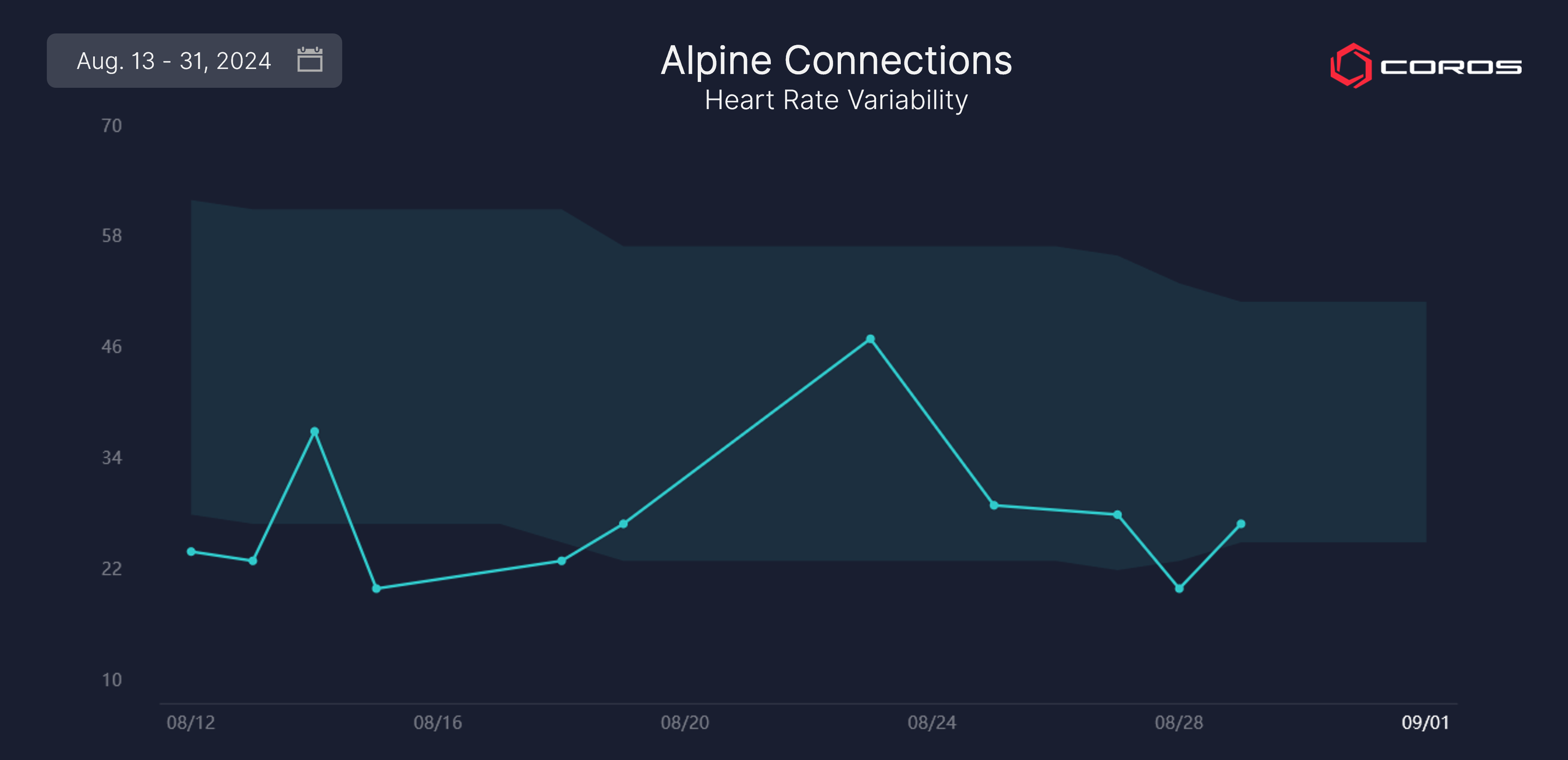
Kilian's Heart Rate Variability (HRV) during the project. COROS records HRV on nights with 3 or more hours of sleep.
The Project of Kilian's Life
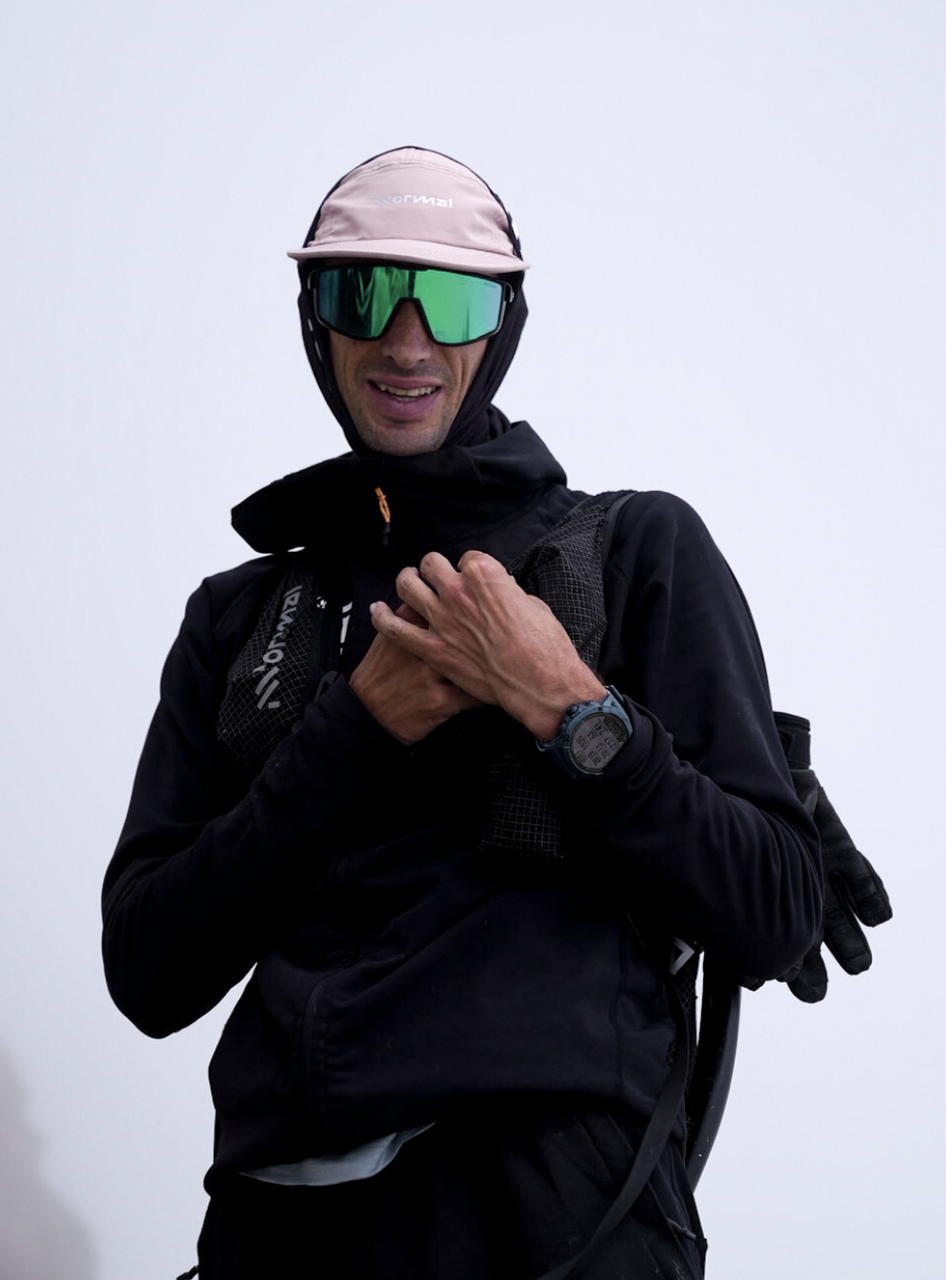
Alpine Connections was a collection of everything Kilian is passionate about and known for: his love of the mountains, exciting new challenges, honoring his predecessors, physiological research, and activism. The project required intense focus, perseverance, and the ability to plan, pivot, and make decisions along the way to stay the course and nagivate accordingly. Kilian climbed the most iconic peaks, including Matterhorn (4,478m) and Mont Blanc (4,808m).
We are excited to learn more about Kilian's research from this journey. To learn more about how Kilian is applying his findings from Alpine Connections and ongoing projects, you can check out the Kilian Jornet Foundation to see how you can help protect the unique ecosystems of the Alps to ensure future generations can enjoy these landscapes, just as Kilian does.

/filters:quality(90)/fit-in/970x750/coros-web-faq/upload/images/5f3be8b2cdd4167868ba8df7ab9dce92.png)
